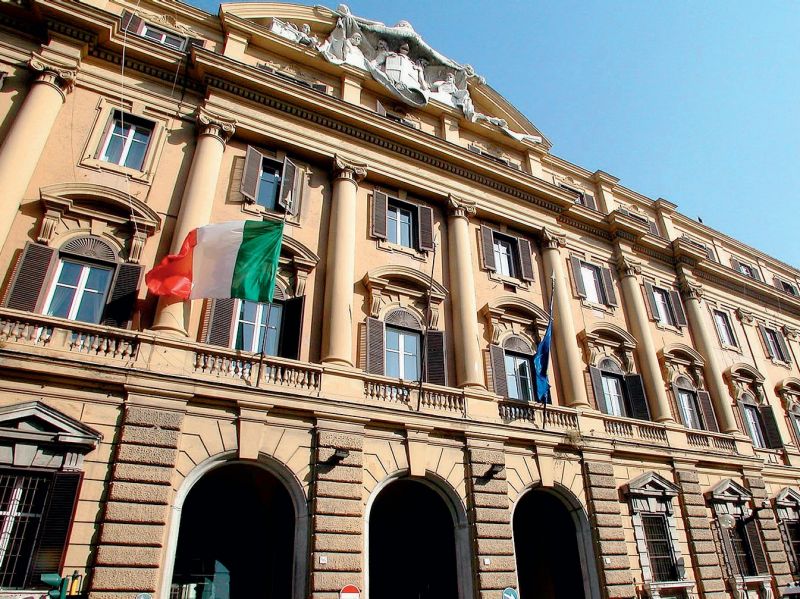Why does the Treasury hold so much frozen liquidity?

In the Treasuries of the Eurostates the mass of unused liquidity has grown: in Italy – in August – around 98 billion. The comment of the analyst Carlo Pelanda
Some analysts report that the amount of unused liquidity in the Treasuries of the Eurostates has grown, in Italy – in August – around 98 billion. Among these, there are those who wonder if this mass of frozen money has sterilized the monetary stimulus of the ECB, in particular the Pepp.
On the macro level, demand makes sense, even though Pepp itself has the qualitative effect of strengthening trust: I put, say, 400 billion into the system, but then more or less the same amount is taken off the market by a liquidity distributor. If so, it now appears relevant to understand why to estimate when this distortion in the capital cycle will cease, especially for Italy.
The phenomenon appears, in part, to be incidental: the spending centers of the States have slowed down or postponed the disbursements due to the reduction of administrative activities due to the internal and environmental situations generated by the pandemic. On the other hand, there are precautionary reasons against revenue cuts or various negative surprises.
Therefore, within this causative hypothesis, three scenarios can be outlined. The best, based on learning how to live with the virus in offices combined with contagion control, projects a gradual thawing of state liquidity within a few months. The best of the worst by mid-2021. The worst remains open, but its probability appears low at the moment.
A first estimate brings to the beginning of 2021 the (theoretical) possibility of a cascade flow of at least 300 billion of defrosted state liquidity, now not circulating, in the Eurozone. If you add the continuation of the Pepp and the start of the thaw in private precautionary savings in the face of signs of recovery, one can imagine a flood of liquidity. In the projective scenarios in circulation, the estimates of the pace of recovery in 2021 indicate it is slow because perhaps they have not included the phenomenon mentioned here in the inferences.
But it seems more important today to point out that Euro-governments and the ECB should talk to each other: if there is an institution of last resort available to, and capable of, providing emergency liquidity, albeit temporary, why should a state never hold too much precautionary liquidity in cash, taking it away from the market that desperately needs it in contingencies, much more in Italy than elsewhere?
In addition, for the incidental aspects, the government should bring the work from home of public officials within limits that do not slow down payments. In conclusion, the issue of frozen liquidity requires more transparency and euro-coordination.
www.carlopelanda.com
This is a machine translation from Italian language of a post published on Start Magazine at the URL https://www.startmag.it/economia/perche-il-tesoro-tiene-tanta-liquidita-congelata/ on Sun, 20 Sep 2020 05:40:04 +0000.
